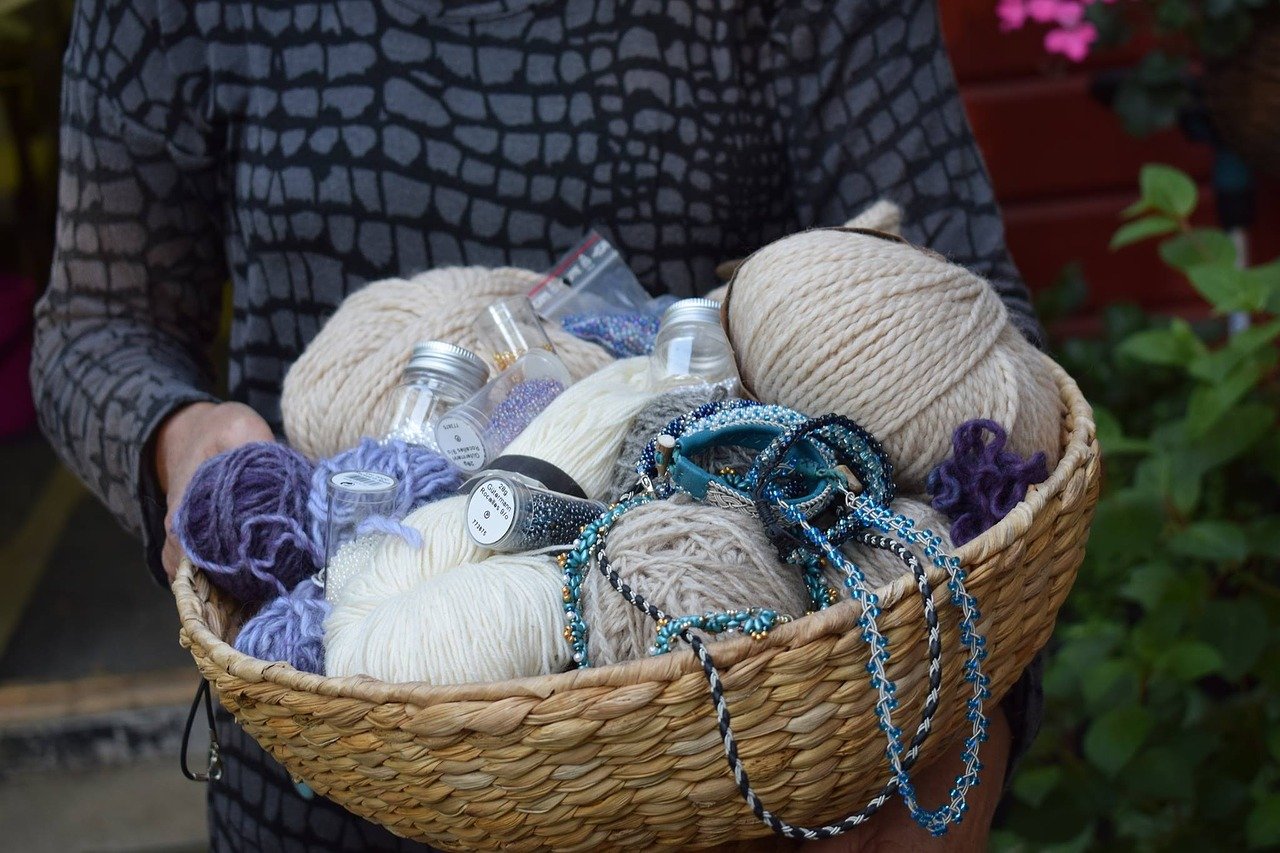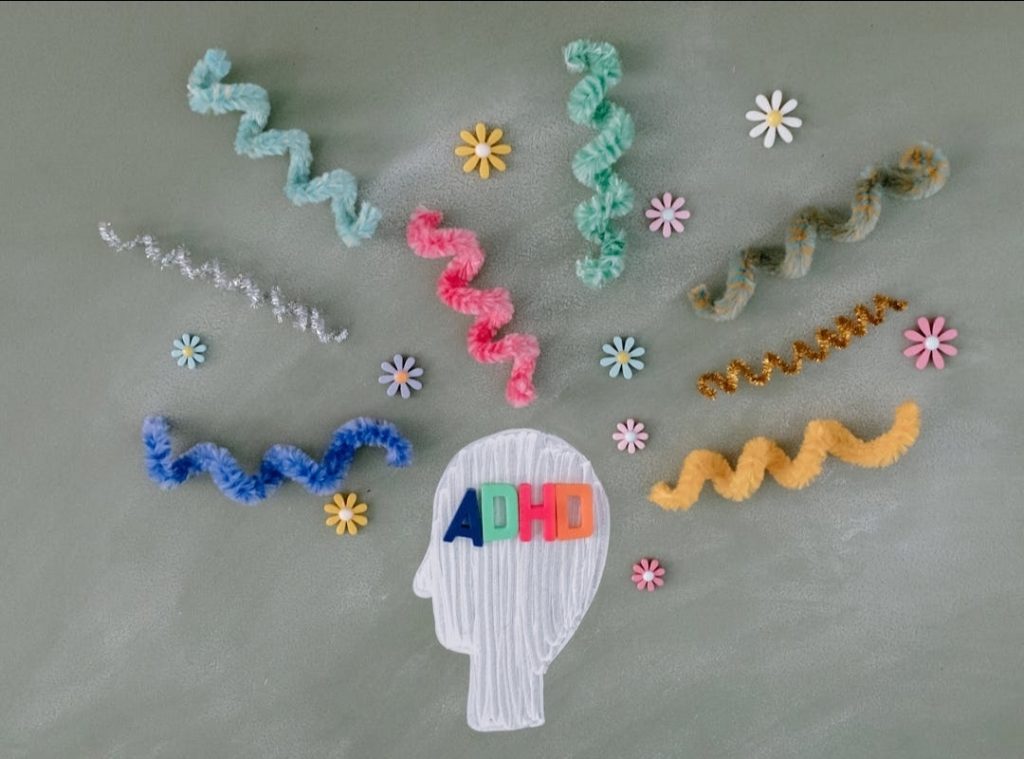One little known fact about the month of March is that it bears the designation of National Craft Month. A craft, known as a skill that involves making things by hand, is an incredibly broad term that may categorize thousands of different activities from painting, to playing an instrument, to basket weaving.
In a time where life has become ever more dependent on the use of technology for ease of communication and entertainment, only 45% our population participates in crafts. As many people have turned their interests away from crafts, it has been easy to subsequently lose sight of the many positive benefits brought by participating in dexterity-dependent activities.
Aside from the most obvious benefit of learning a new skill or sharpening an old one, your decision to participate in crafts may impact your health, well-being, and your educational outlook in a positive manner that you may not have expected.
The Benefits of Learning a New Craft
One of the most rewarding benefits of learning a new craft is the opportunity to discover things about a new culture or to connect with one’s ancestry.
One art form, called macramé, traces its roots back to the time of the Babylonian and Assyrian Dynasties. Thousands of years later, Moorish conquests brought macramé to Europe where it reached the height of its popularity.
Created by the interweaving of knots and loops of fabric, you can now make this beautiful artwork with ease by watching tutorials on Youtube. The opportunity to create this artform, like many others, allows a person to enhance their cultural competency and to expand upon their breadth of knowledge.
In addition to the educational benefits that crafts bestow upon their creator, crafts have the ability to increase our mindfulness and improve our mental health.
In 2015, CNN highlighted a story about Sarah Huerta—a woman who lived with trauma after her brother died in a fatal car accident. She suffered from panic attacks, PTSD, and daily anxiety. She did not know how to escape this unbearable pain, that is, until she started to learn the craft of knitting.
Knitting quickly became her escape—her peace of mind—and her feelings of stress and anxiety quickly began to leave her body. This phenomenon is not unique, as scientists believe that “crafting can help those who suffer from anxiety, depression or chronic pain.”
It is also believed that practicing a craft produces effects similar to meditation. While an individual participates in a craft, their mind may become fully occupied. This may cause someone to focus only on the moment at hand, to feel relaxed, and to be released from worrying about other events that may be occurring in their lives.
Where to Begin
The first step to learning a new craft is research—and no, you do not need to pull up a peer-reviewed article. A simple Google search such as “learn a craft” can take you to helpful websites like The Spruce Crafts which contain a plethora of craft ideas as well as information about how to learn each trade.
Other websites, such as Udemy or Skillshare, contain free courses with video instruction for you to learn a new craft in the comfort of your home and on your own schedule. There are also crafting forums such as The Craft Blog where you can communicate with other crafters, ask an abundance of questions, and view other crafters’ projects.
Learning a new craft can be a deeply rewarding experience for your education, for your dexterity, and for your mindfulness. So, search the web, start a new project, and let crafting lead you on your new journey.
Our Her Nexx Chapter Community invites you to join us where women are connecting with each other’s stories, exploring different experiences, and transforming ideas.
The Future of Connection for Women
Follow us:







